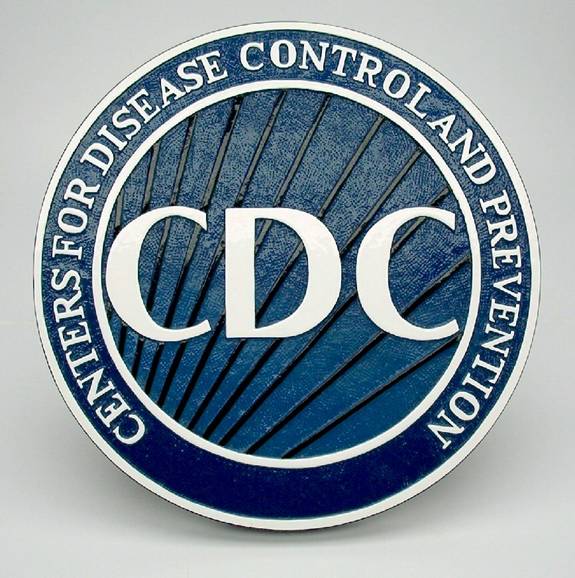Julie Steenhuysen of Reuters reports that when a patient in Uganda fell ill with Ebola virus last month, the advice of U.S. disease experts helped local officials contain its spread.
"You didn’t read about it in the papers because for the first time ever we identified a single case, not an outbreak," said Thomas Frieden, director of the U.S. Centers for Disease Control and Prevention.
The Atlanta-based CDC is expanding its involvement in cases of illness overseas, from helping track the source of the highly toxic E. coli outbreak in  Germany to homing in on the cause of cholera in the aftermath of Haiti’s earthquake.
Germany to homing in on the cause of cholera in the aftermath of Haiti’s earthquake.
Frieden said during a tour of CDC headquarters in Atlanta that CDC has more than 50 staff members in outposts around the world, replicating a program it first implemented at home to teach state health authorities how to best contain outbreaks.
He was reluctant to criticize Germany’s handling of the recent E. coli outbreak, the deadliest ever recorded, which has sickened 4,000 people.
But Frieden said the United States recently had a small, three-state outbreak of the more common E. coli 0157:H7, part of a class of bacteria known as Shiga toxin-producing Escherichia coli, or STEC. The E. coli strain that caused the German outbreak was also in this class.
"There were just a tiny handful of cases, but because we do DNA fingerprinting, we knew they were linked and we very quickly identified hazelnuts as the source and had them pulled," Frieden said.
As a result, there were just eight cases in the United States. "That type of system is very important," Frieden said.
